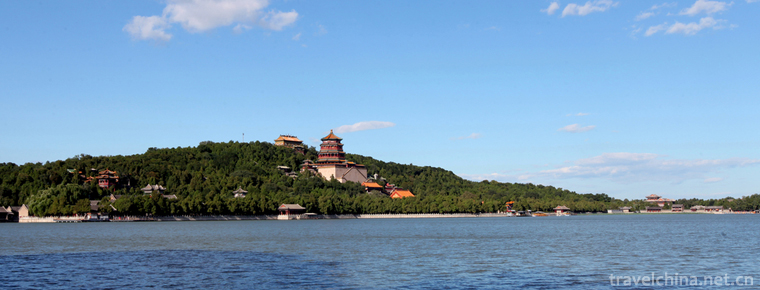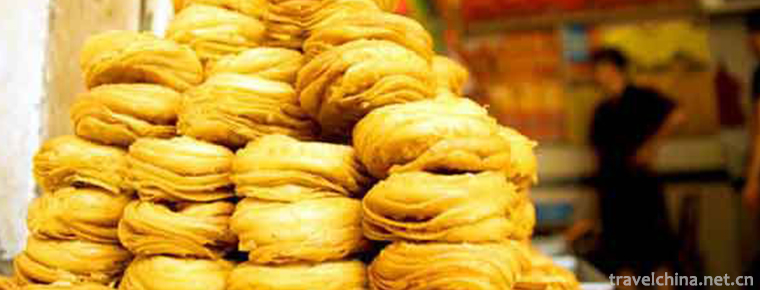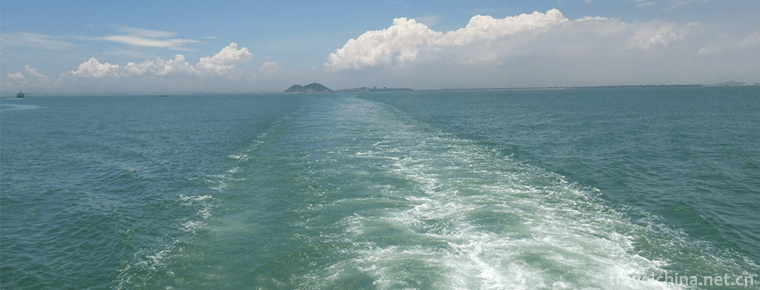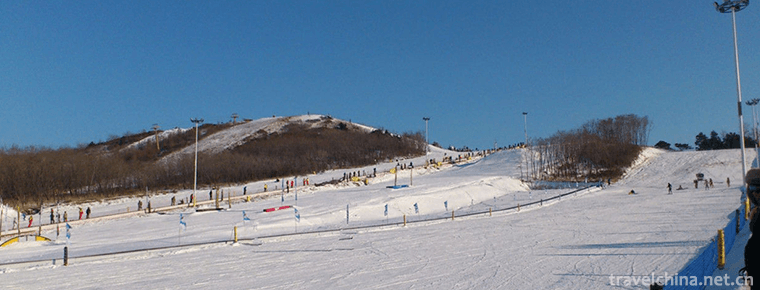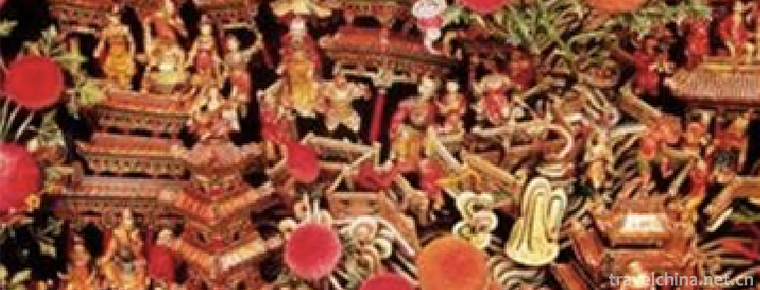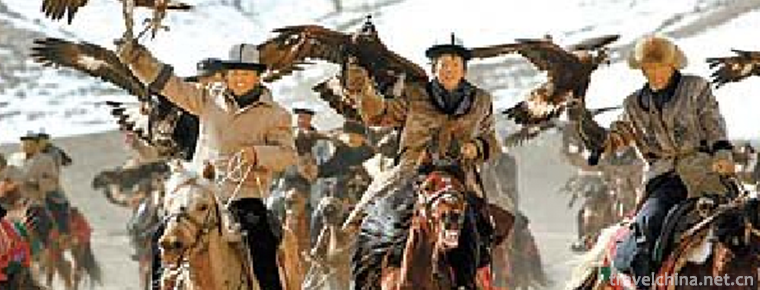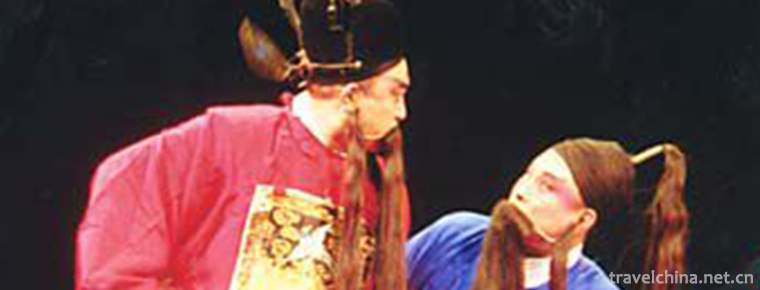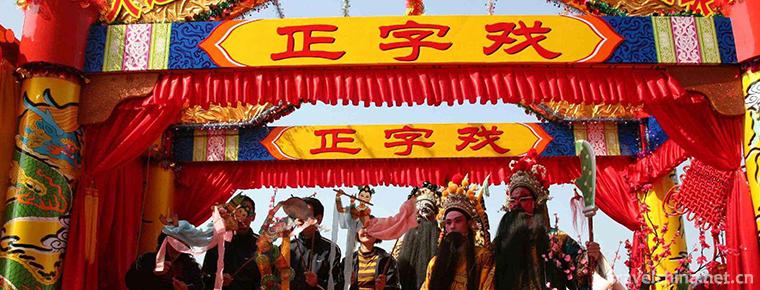Ham making skills
Ham making skills
Xuanwei ham production technology is a traditional handicraft in Xuanwei area of Yunnan Province. Xuanwei ham is a famous local traditional specialty. It has a long history and is well-known both at home and abroad. It is one of the three famous legs of China. It resembles Pipa in shape, wax yellow in skin color, pink or rose in lean meat, milky white in fat meat, tender in flesh, rich in fragrance, salty and delicious, and is famous for its color, fragrance and shape. Dr. Sun Yat-sen once inscribed "Drinking and Food Virtue" and won a gold medal at the International Panama Expo in 1915.
Essential information
Name of Cultural Heritage: Ham Making Skills (Xuanwei Ham Making Skills)
Subordinate area: Yunnan Xuanwei
Heritage Category: Traditional Skills
Date of declaration: 2011
Declarer/Declarator: Xuanwei City, Yunnan Province
Heritage Level: Country
Historical origin
Xuanwei ham has a long history of production and processing. It is difficult to know exactly when the origin of Xuanwei ham came from, but one thing is certain that Xuanwei ham has the premise and foundation of fame by setting up Xuanwei Pass and clearing Xuanwei Prefecture. That is to say, since the establishment of Xuanwei in Yongzheng, Qing Dynasty (1727), the ham has been named after the place name, known as Xuanwei ham, which has been popular for nearly three centuries. According to Xuanwei County Chronicle, in the five years of Yongzheng in Qing Dynasty (1727 AD), it enjoyed a reputation for wearing green robes with thick flesh, rich lean meat and delicious protein. In Guangxu period of Qing Dynasty, Zeng Yi compiled Zhongfei Record, which included the system of Xuanwei ham. According to this and relevant historical data, Xuanzhu's life was completed by the end of Ming Dynasty, Yongzheng period flowed into the capital of Yunnan and Sichuan, and the end of Qing Dynasty flowed to the Southeast coast. In the early years of the Republic of China, the ham company headed by Mr. Pu Zaiting sold the canned ham to Southeast Asia. In 1923, President Sun Yat-sen inscribed "Drinking and Food Virtue". Xuanwei ham was famous for its fragrance, which was recorded in the diet of the people who joined the WTO.
Technical characteristics
The traditional processing technology of Xuanwei ham mainly includes six links: cutting and shaping fresh ham, salting, stacking and overturning, washing and shaping, hanging air-drying and fermentation management.
(1) Fresh leg trimming and shaping
The weight of fresh leg wool should be 7-15 kg. After 10-12 hours of cooling under well ventilated conditions, the legs should be trimmed according to the size and shape of the legs. The legs should be 9-15 kg in the shape of Pipa and 7-9 kg in the shape of willow leaves. When pruning, first use a knife to scrape off the residual hair and dirt on the skin surface to make the skin smooth; then remove the fat and connective tissue attached to the sarcolemma and pelvis, remove the blood stains, and then remove the excess fat and the crushed meat attached to the muscle from left to right. When cutting, the knife path is neat, the cut surface is smooth and the hair is clean.
(2) Salting
Salting the cold and trimmed fresh legs with 6.5-7.5% of the weight of the fresh legs, once every 2-3 days, usually 3-4 times, 2.5% for the first time, 3% for the second time, and 1-5% for the third time (7% of the total salt). When salting, the meat of the legs is facing down, the skin is evenly sprinkled with a layer of salt, starting from the hoof shell, rubbing the skin against the pores, and rubbing the skin vigorously. To make the cortex wet or salt paste with water, after repeated first salt loading, stack the legs in a place that is easy to turn over. After 2-3 days, use the same method for the second salt loading and stacking; after 3 days, the third salt loading and stacking. After three days of salt piling up, repeated checks were made. If congestion was discharged, the remaining salt on the legs was rubbed again (commonly known as salting out) to make the muscles pale, while the salted ones were discharged from congestion.
(3) stacking overturn
The salted salted legs are placed in a dry and cold room, the indoor temperature is kept at 7-10 C and the relative humidity is maintained at 62-82%. The stacking is carried out separately according to the size, size and size. There are six layers of large piles and eight-twelve layers of small piles, each of which has 10 branches. A small amount of processing is done by stacking iron pots with a layer of straw or sticks at the edge and bottom of the pot as a barrier. The stacking and overturning should be repeated three times, each time interval of 4-5 days, a total of 12-15 days of stacking and pickling. When turning codes, the bottom legs should be turned over to the top and the top to the bottom. The upper salted leg and foot pole press down the blood tendons of the lower leg and drain out the congestion.
(4) washing and shaping
Pickled legs, such as muscle surface and bone seam, are changed from bright red to milky, and the blood stasis is exhausted, so they can be washed and shaped. When soaking and drying, the salted ham is soaked in clear water. When soaking, the meat face is down and the water surface must not be exposed. The soaking time depends on the size and temperature of the ham. The temperature is about 10 C and the soaking time is about 10 hours. If the hams are found to be dark during soaking, the soaking time should be prolonged as appropriate. If flowing water is used, the time should be shortened. After immersion, wash immediately. When washing, it should follow the direction of muscle fiber arrangement. First, wash the feet, in turn, skin, meat to the lower part of the leg. When necessary, soaking and washing can be carried out twice. The second soaking time depends on the temperature. If the temperature is about 10 C, about 4 hours, such as about 2 hours in spring. After soaking and washing, when the ham is cool and dried to the skin and the meat surface is soft, start shaping. When shaping, straighten the leg, press the skin flat, squeeze the muscles from both sides of the leg surface with your hands, so that the heart of the leg is full. After shaping, hang up in the outdoor sunshine and continue to dry. The time of drying is determined according to season, temperature, wind speed, leg size and weight. Generally, 2-3 days is suitable.
(5) hanging air-drying
After washing and shaping, the ham can be hung up. Generally, a strong and clean rope about 0.7 meters is used to tie the common bone with pig hooves, hanging on the nails of the poles of the warehouse building, hanging on the big branches in series, hanging on the small branches, or hanging on the big, medium and small categories. Each string is generally 4-6 branches. When hanging, the skin and meat noodles should be the same, the proper distance should be maintained between the branches and the hanging. There are sidewalks for easy observation and control of fermentation conditions.
(6) Fermentation management
From the beginning of hanging up to the Qingming Festival, we should strictly guard against the invasion of spring breeze, so as not to cause dry cracking. Pay attention to opening windows in time for 1-2 hours, keep indoor ventilation and drying, so that ham gradually air-dried. After the summer festival, the door and window should be opened in time to adjust the temperature and humidity of the warehouse so that the ham can be fermented fully. When necessary, the storehouse on the floor should change the hanging management upstairs and downstairs to make the ham fermentation fresh. After the Dragon Boat Festival, windows should be opened in time to keep the ham dry and firm, so as to prevent the ham from moisture regain. During the fermentation stage, the room temperature should be controlled at an average of 13-16 degrees C and the relative humidity should be 72-80% per month. In daily management, attention should be paid to observing the loss of water, air-drying and the growth of fungi in ham. According to climate change, the temperature and humidity in the warehouse should be controlled by opening doors and windows, and heating and humidifying the fire, so as to create the best environmental conditions for the freshness of ham fermentation. After the basic maturity of ham fermentation (ham usually needs to be mid-autumn Festiv Strengthen daily fermentation management until the ham is transferred out.

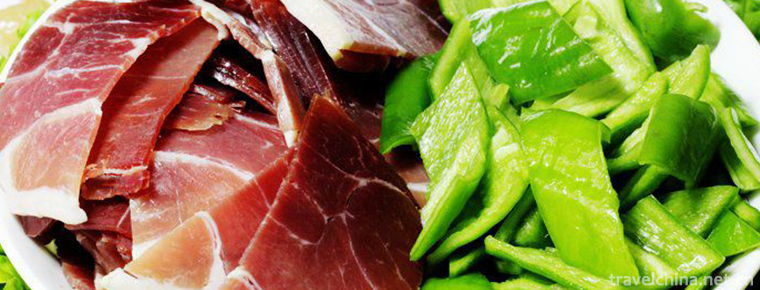
-
Anhui rescue
Anhui rescue Great rescue is a traditional feature of Shouxian County in Anhui Province, which has a history of more than 1000 years..
Views: 210 Time 2018-11-27 -
Cangyan Mountain Scenic Area
Cangyan Mountain, located 50 kilometers southwest of Shijiazhuang City, Hebei Province, is located in Jinglong County. As the core scenic spot of Cangyan Mountain, Cangyan Mountain Fuqing Temple is li.
Views: 140 Time 2019-01-04 -
South Australia Island Tourist Area
Nanao Island is the only island county in Guangdong Province. It is composed of 37 small islands with a land area of 130.90 square kilometers (including 128.35 square kilometers of the main island) an.
Views: 149 Time 2019-02-07 -
Shenyang Weipo Skiing Ground
Shenyang Qiaopo International Skiing Resort is located in AAAA Scenic Area of Qiaopo in Shenyang, which is surrounded by mountains in the northeast direction and boundless forest sea..
Views: 224 Time 2019-02-08 -
Sweat green
"Khan Qing Gele" is a heroic epic of the Mongolian people in Haixi. In the form of rap and speech, it tells the story of the Mongolian heroes destroying demons and saving the people, flashin.
Views: 206 Time 2019-05-02 -
Kirgiz hawk taming custom
Originating in the East, the Falcon has a history of 4000 years. The custom of taming Eagles has been handed down orally without any written records. However, the Kirgiz people have kept the saying .
Views: 132 Time 2019-05-09 -
Lv Jiahe Folk Song
Lvjiahe Folk Song is a kind of folk song which is popular in Lvjiahe Village, Guanshan Town, Danjiangkou City, Hubei Province. Located in Wudang Mountain Scenic Area, the village retains a large numbe.
Views: 198 Time 2019-05-15 -
Yingge Liushu
Yingge Liushu, also known as Yingge Liuzi, is a traditional art form of rap and singing spread in southwestern Shandong, southern Shandong, Eastern Henan and Northern Jiangsu. Legend has it that the L.
Views: 293 Time 2019-07-14 -
Orthographic drama
Zhengzi opera, originally known as Zhengyin opera, is singing in Zhongzhou Mandarin. It is an ancient and rare opera with many voices. In the early Ming Dynasty, one of the Southern Opera was introduc.
Views: 119 Time 2019-07-25 -
Yi sea
The Yi sea is also known as the fish sea, and the local Yi people are called Su pin. It is located in Yangping mountain, Yihai Town, 40 km north of Mianning County. It is 330 km away from Chengdu, the capital of Sichuan Province.
Views: 123 Time 2020-10-15 -
Meishan local culture
Meishan culture mainly includes Dongpo culture, longevity culture, Taoism culture, Buddhist culture, bamboo culture, water culture and so on. The past Meishan Dongpo Cultural Festival, Pengzu Shouxing Festival, Qingshen bamboo weaving art festival, Danling suona Festival, etc..
Views: 317 Time 2020-12-18
